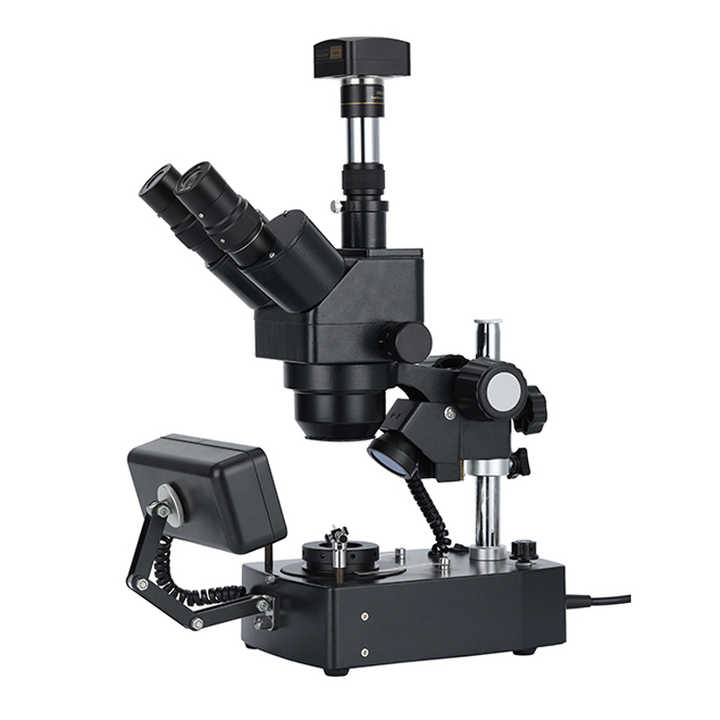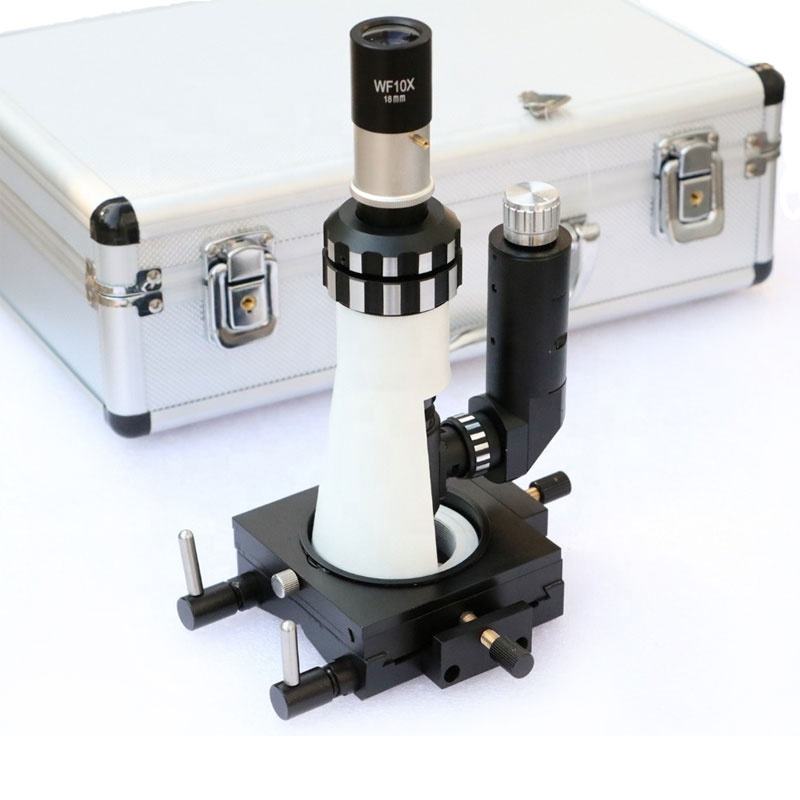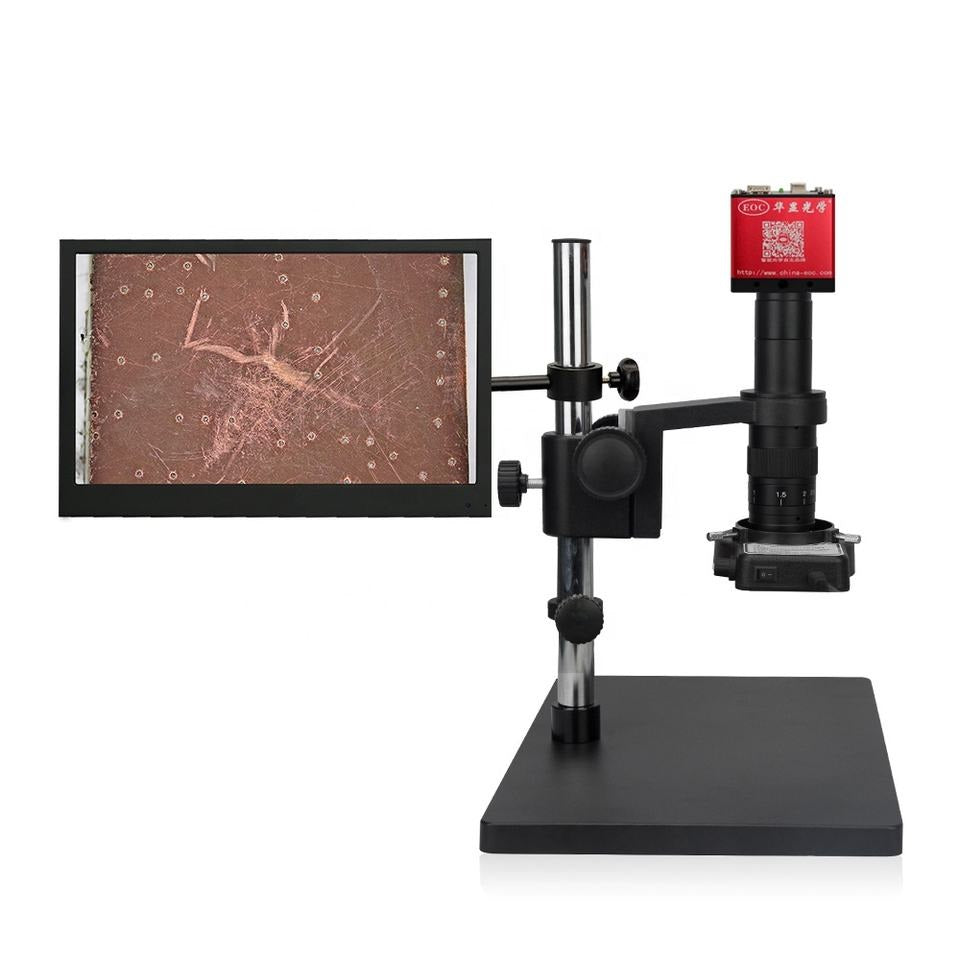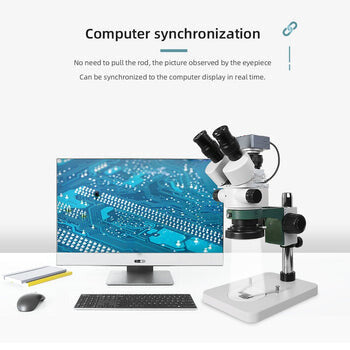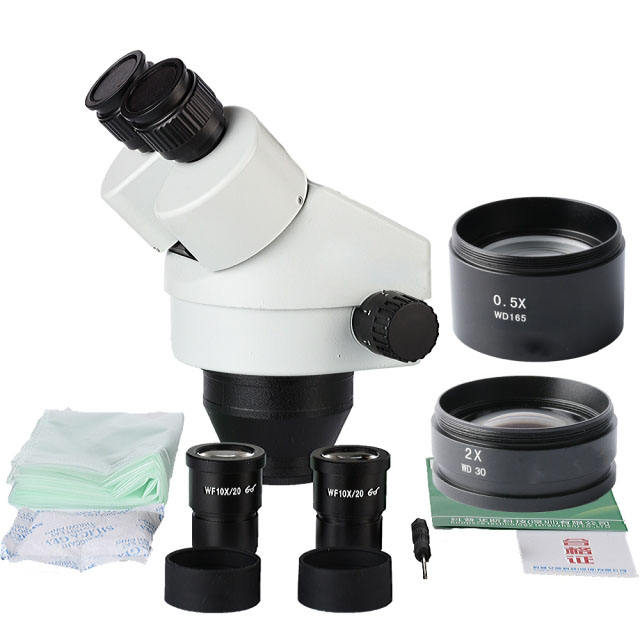Exploring the World of Metallurgical Microscopes and Electronic Microscopes: Unveiling Precision and Insight
Introduction:
Welcome to the realm of precision and insight, where the microscopic details of materials and electronics come to life through advanced optical instruments. In this comprehensive guide, we delve into the intricacies of Metallurgical Microscopes and Electronic Microscopes, exploring their specifications, importance, and why individuals and industries alike turn to these powerful tools for microscopic analysis.
Metallurgical Microscopes: Peering into the Heart of Metals
What Are Metallurgical Microscopes?
Metallurgical microscopes, also known as metallographic microscopes, are specialized optical instruments designed for the examination of opaque materials, particularly metals and alloys. These microscopes play a crucial role in metallurgy, material science, and quality control by allowing researchers and engineers to scrutinize the microstructure of metal samples at a microscopic level.
Key Features and Specifications:
1. Transmitted and Reflected Light Modes
Metallurgical microscopes offer the versatility of both transmitted and reflected light modes. This dual capability enables researchers to study samples with light passing through (transmitted) or reflecting off (reflected) the specimen, providing a comprehensive view of the internal structure.
2. Specialized Objectives
Equipped with specialized objectives optimized for high magnification and resolution, metallurgical microscopes offer a detailed look at the microstructural features of metals. These objectives often include long working distances to accommodate larger samples.
3. Illumination Systems
Built-in illumination systems, commonly using halogen or LED light sources, ensure optimal lighting conditions for examining opaque samples. The ability to control and adjust the illumination enhances the clarity and quality of the images captured.
4. Polarization Capability
Some metallurgical microscopes come with optional polarization capabilities, allowing researchers to study birefringent materials. This feature provides additional insights into the structural characteristics of the samples under investigation.
5. Robust Stage Design
Metallurgical microscopes are designed with stages capable of holding and manipulating larger and heavier samples. Features like rotation and tilting contribute to precise positioning and analysis of the specimen.
Importance of Metallurgical Microscopes:
1. Materials Science and Metallurgy
Metallurgical microscopes are indispensable tools in the field of materials science and metallurgy. Researchers rely on these instruments to examine the grain structure, defects, and phase composition of metals and alloys, contributing to a deeper understanding of material properties.
2. Quality Control
In industries where the quality of metal components is paramount, metallurgical microscopes play a crucial role in quality control processes. They enable the detection of defects, imperfections, and anomalies that may impact the performance and reliability of metal products.
3. Research and Development
In research and development laboratories, metallurgical microscopes facilitate the exploration of new materials and the improvement of existing ones. Scientists use these microscopes to analyze the effects of different manufacturing processes on the microstructure of metals.
Electronic Microscopes: Navigating the Miniature Universe
What Are Electronic Microscopes?
Electronic microscopes are specialized instruments designed for the inspection and analysis of small electronic components, circuit boards, and microelectronics. These microscopes are essential in the field of electronics manufacturing, repair, and research, where a detailed examination of tiny structures is critical.
Key Features and Specifications:
1. High Magnification Objectives
Electronic microscopes are equipped with high-magnification objectives that provide a detailed view of small electronic structures. This allows for the examination of solder joints, integrated circuits, and other minute components with exceptional clarity.
2. LED Illumination
Many electronic microscopes feature LED illumination, which is ideal for illuminating small electronic details with precision. The adjustable lighting enhances visibility and aids in the inspection of intricate electronic components.
3. Digital Imaging Capabilities
To meet the demands of modern technology, electronic microscopes often come with the capability to attach digital cameras. This facilitates the documentation and analysis of electronic components, making it easier to capture and share detailed images.
4. Precision Stage Design
The stage of an electronic microscope is designed for the precise movement and manipulation of small electronic components. This ensures that researchers and technicians can examine intricate details with accuracy.
5. Applications in Electronics Manufacturing
Electronic microscopes are extensively used in the electronics manufacturing industry for inspecting printed circuit boards (PCBs), surface mount technology (SMT) components, and microchips. These microscopes play a vital role in ensuring the quality and reliability of electronic products.
Importance of Electronic Microscopes:
1. Quality Assurance in Electronics
In the fast-paced world of electronics manufacturing, ensuring the quality and reliability of electronic components is paramount. Electronic microscopes help detect defects, soldering issues, and other anomalies that could affect the performance of electronic devices.
2. Precision Circuit Board Inspection
The intricate nature of modern circuit boards demands high precision in inspection. Electronic microscopes enable technicians to examine solder joints, trace connections, and identify any issues that may arise during the manufacturing process.
3. Research and Development in Electronics
In research and development labs, electronic microscopes aid scientists and engineers in the development of new electronic materials and technologies. The detailed analysis provided by these microscopes contributes to advancements in microelectronics.
Why Choose Clarity-Scopes?
As you embark on your journey into the microscopic world with metallurgical and electronic microscopes, Clarity-Scopes stands as your trusted partner in obtaining cutting-edge optical instruments. Our commitment to providing quality microscopy solutions is evident in the features and capabilities of our products.
Special Offer for the New Year:
To celebrate the arrival of the new year, Clarity-Scopes is pleased to offer a 15% discount on all metallurgical and electronic microscopes. This exclusive discount requires no special code—simply visit our website, clarity-scopes.com, and explore a world of precision at a discounted price.
Conclusion:
In conclusion, the world of metallurgical and electronic microscopes opens up avenues for exploration and discovery at the microscopic level. Whether you are delving into the heart of metals or navigating the miniature universe of electronics, the precision and insights offered by these microscopes are unparalleled.
As you consider the importance of metallurgical and electronic microscopes in your field, remember that Clarity-Scopes is here to provide you with top-notch microscopy solutions. Take advantage of our New Year discount, and equip yourself with the tools needed to unlock the mysteries hidden in the microcosm. Explore clarity-scopes.com today and embark on a journey of unparalleled clarity and precision.


